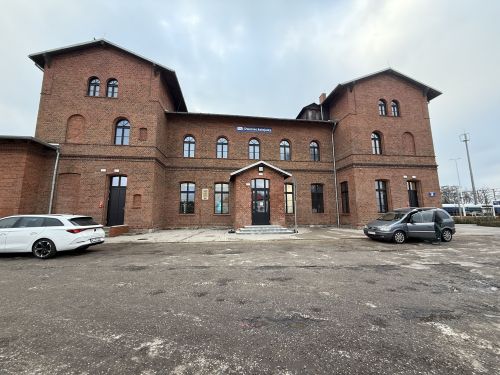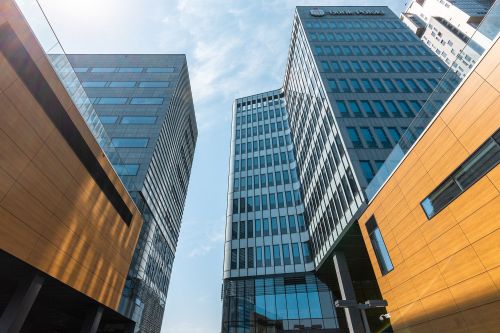In December 2016, Amazon Prime Air fired up our imaginations and hopes by delivering the first parcel to a customer using a drone: Richard B of Cambridgeshire had ordered an Amazon Fire TV stick and a bag of popcorn. The parcel landed in the garden behind Richard’s house 13 minutes after the order had been placed. “Our customers can order goods seven days a week,” declared Av Raichura, the community affairs manager of the British division of Amazon Prime Air in an interview with ‘Eurobuild CEE’. “We do not have a permit for flights after dusk, when the wind is strong or when visibility is poor or during rain or snowfall. However, when we have more data on the system’s security, we will be able to streamline it and expand the scope of the deliveries,” he stated.
A hard landing
Today, when asked about the development of the service, Av Raichura is rather more taciturn, informing us that there is nothing more to say about it and referring































































